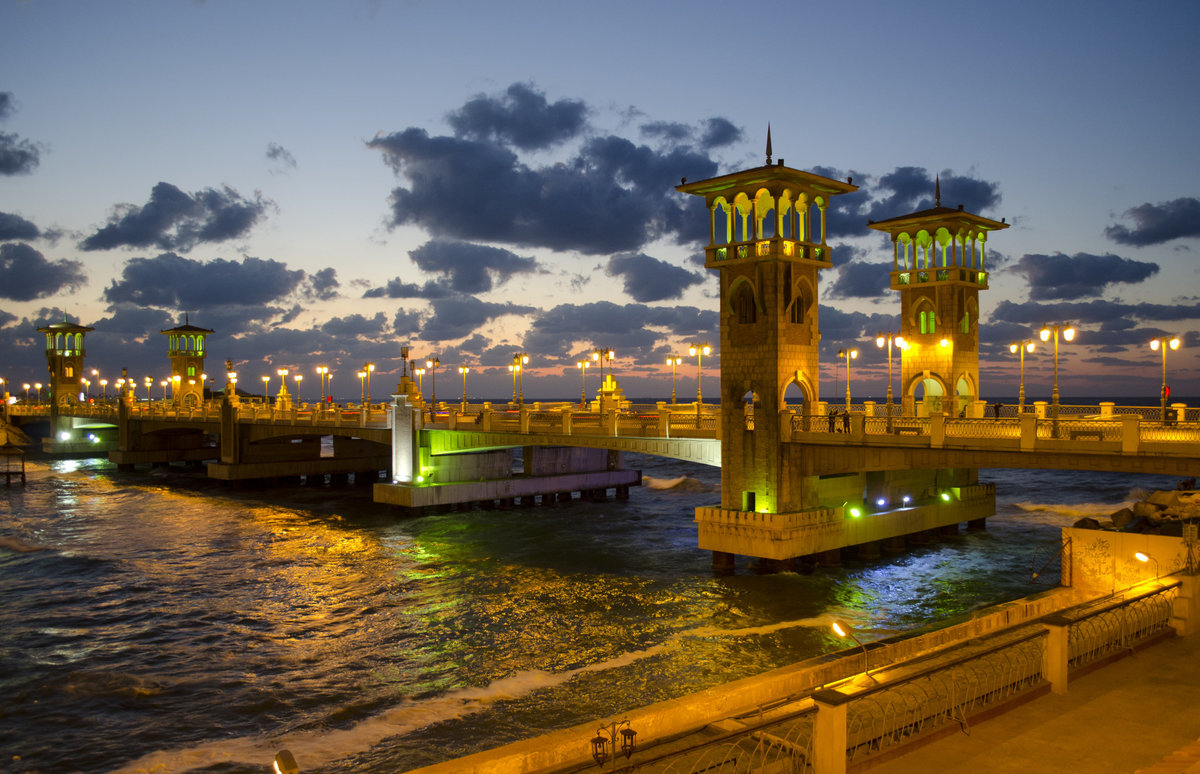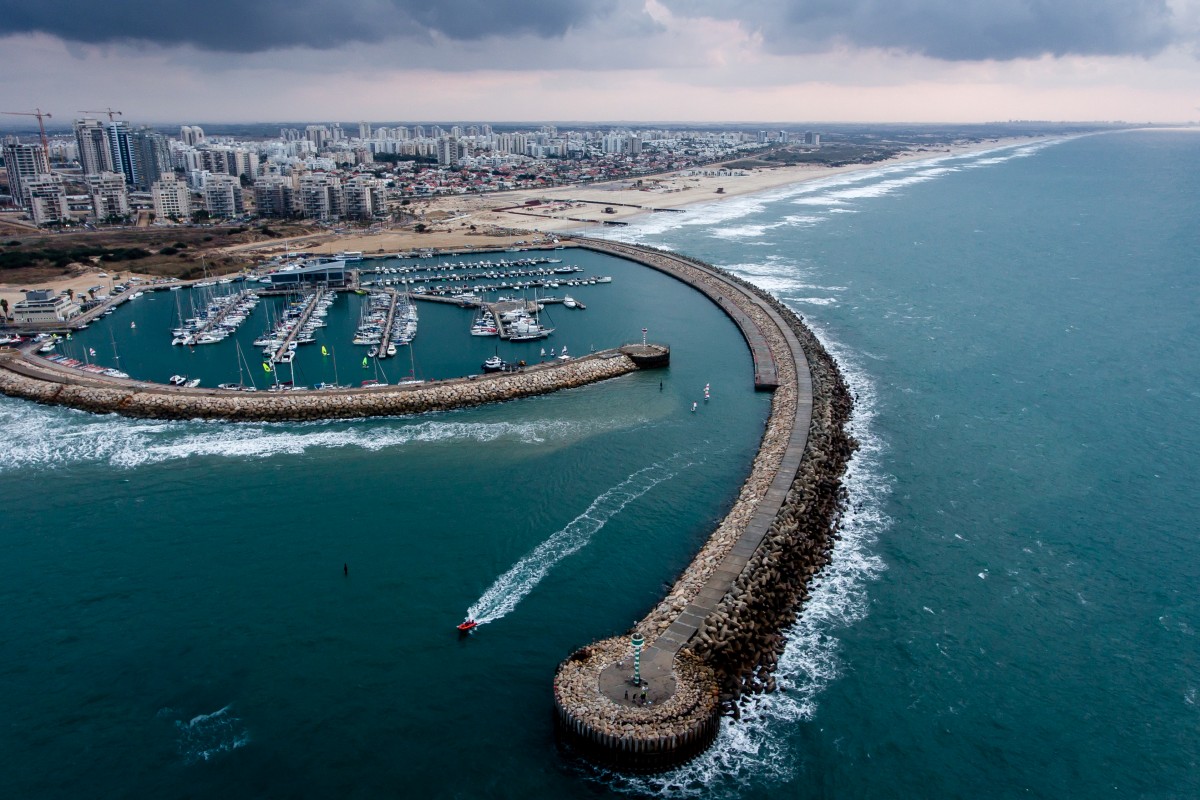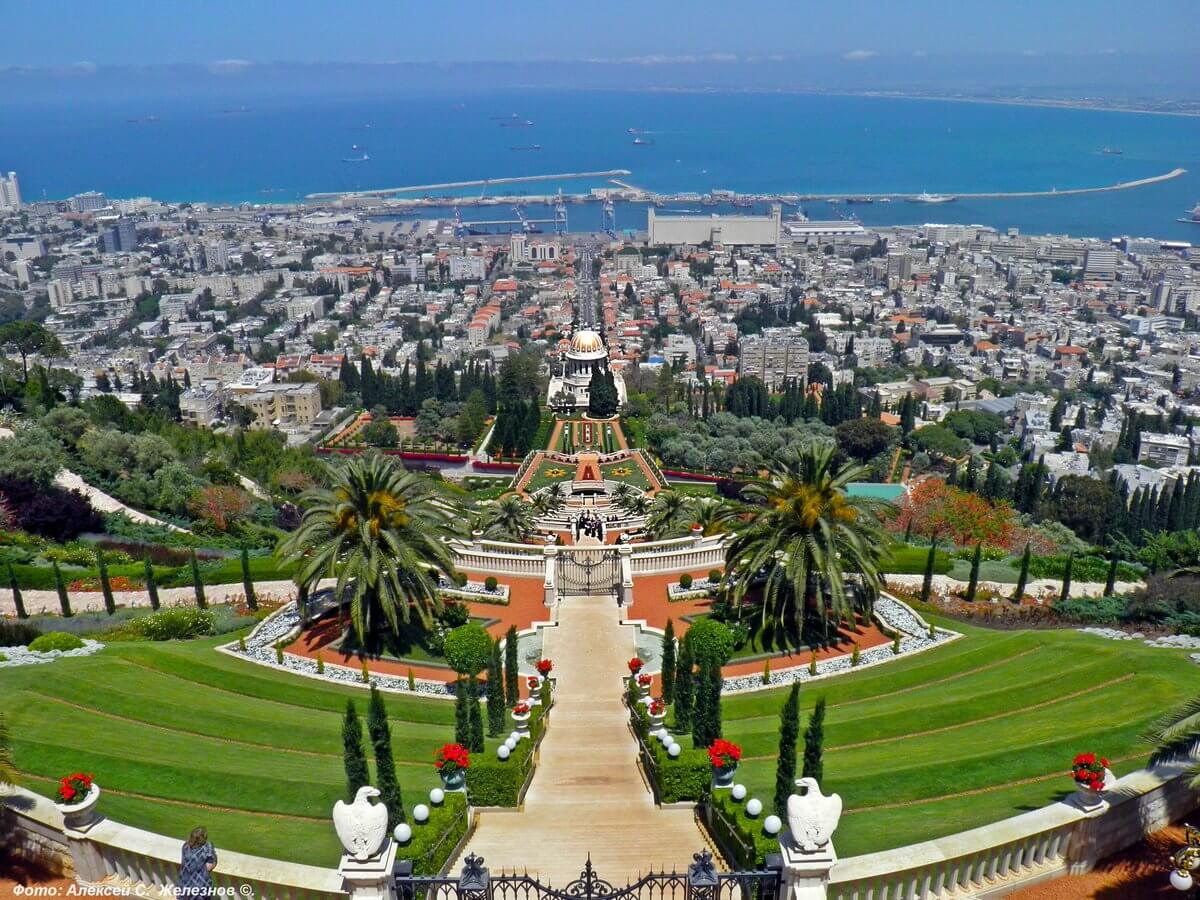

| Cruise Region :
Europe Mediterranean Sea |
| Company Category : Premium |
| Company name : Azamara Cruises |
| Ship name : Azamara Journey |
| Journey Start Date : Fri 28 Oct 2022 |
| Journey End Date : Tue 08 Nov 2022 |
| Port start : Piraeus (Athens) / Greece |
| Port end : Piraeus (Athens) / Greece |
| Count Nights : 11 nights |
| Day | Port | Date | Arrival | Departure |
|---|---|---|---|---|
| 1 | Piraeus (Athens) / Greece | Fri 28 Oct | 17:00 | |
| 2 | Day at sea / Sea | Sat 29 Oct | ||
| 3 | Alexandria / Egypt | Sun 30 Oct | 06:00 | 20:00 |
| 4 | Port Said / Egypt | Mon 31 Oct | 08:00 | 18:00 |
| 5 | Ashdod / Israel | Tue 01 Nov | 07:00 | |
| 6 | Ashdod / Israel | Wed 02 Nov | ||
| 7 | Ashdod / Israel | Thu 03 Nov | 20:00 | |
| 8 | Haifa / Israel | Fri 04 Nov | 08:00 | |
| 9 | Haifa / Israel | Sat 05 Nov | 18:00 | |
| 10 | Limassol / Cyprus | Sun 06 Nov | 08:00 | 17:00 |
| 11 | Day at sea / Sea | Mon 07 Nov | ||
| 12 | Piraeus (Athens) / Greece | Tue 08 Nov | 05:00 |
| Length : 181.00 |
| Speed : 18.50 |
| Capacity : 694 |
| Deck Quantity : 12 |

Piraeus is the gateway to Athens , which, in turn, is rightfully considered the center of the centers of the whole world, with the main attraction - the acropolis. Piraeus is an old port city serving the port of Athens, the largest port in Greece to date. Piraeus is part of the great Athens, which boasts an abundance of attractions, including unique monuments of national fine art. More than two hundred museums and galleries, including the University History Museum, the Ceramics Archaeological Museum and many others, will hospitably welcome you within their walls and familiarize themselves with the culture of this area.


the chief port of Egypt; population 4,084,700 (est. 2006). Founded in 332 bc by Alexander the Great, it was a major center of Hellenistic culture, renowned for its library and for the Pharos lighthouse.

Port Said is a city that lies in north east Egypt extending about 30 kilometres (19 mi) along the coast of the Mediterranean Sea, north of the Suez Canal, with an approximate population of 603,787 (2010). The city was established in 1859 during the building of the Suez Canal.
There are numerous old houses with grand balconies on all floors, giving the city a distinctive look. Port Said's twin city is Port Fuad, which lies on the eastern bank of the canal. The two cities coexist, to the extent that there is hardly any town centre in Port Fuad. The cities are connected by free ferries running all through the day, and together they form a metropolitan area with over a million residents that extends both on the African and the Asian sides of the Suez Canal. The only other metropolitan area in the world that also spans two continents is Istanbul.
Port Said acted as a global city since its establishment and flourished particularly during the nineteenth and the first half of the twentieth century when it was inhabited by various nationalities and religions. Most of them were from Mediterranean countries, and they coexisted in tolerance, forming a cosmopolitan community. Referring to this fact Rudyard Kipling once said "If you truly wish to find someone you have known and who travels, there are two points on the globe you have but to sit and wait, sooner or later your man will come there: the docks of London and Port Said".

Ashdod is the sixth-largest city and the largest port in Israel accounting for 60% of the country's imported goods. Ashdod is located in the Southern District of the country, on the Mediterranean coast where it is situated between Tel Aviv to the North 32 kilometres (20 miles) away, and Ashkelon to the South 20 km (12 mi) away. Jerusalem is 53 km (33 mi) to the east. The city is also an important regional industrial center.
Modern Ashdod covers the territory of two ancient twin towns, one inland and one on the coast, which were for most of their history two separate entities, connected by close ties with each other. This article deals with these historic towns, including other ancient nearby sites, and modern Ashdod.
The first documented urban settlement at Ashdod dates to the Canaanite culture of the 17th century BCE, making the city one of the oldest in the world. Ashdod is mentioned 13 times in the Bible. During its pre-1956 history the city was settled by Philistines, Israelites, Greek colonists coming in the wake of Alexander's conquests, Romans and Byzantines, Arabs, Crusaders, and Ottoman Turks.
Modern Ashdod was established in 1956 on the sand hills near the site of the ancient town, and incorporated as a city in 1968, with a land-area of approximately 60 square kilometres (23 sq mi). Being a planned city, expansion followed a main development plan, which facilitated traffic and prevented air pollution in the residential areas, despite population growth. According to the Israel Central Bureau of Statistics, Ashdod had a population of 222,883 in 2017, with an area of 47,242 dunams (47.242 km2; 18.240 sq mi).
Ashdod today is home to the largest Moroccan Jewish community in Israel, the largest Karaite Jewishcommunity in Israel, and the largest Georgian Jewish community in the world.

Ashdod is the sixth-largest city and the largest port in Israel accounting for 60% of the country's imported goods. Ashdod is located in the Southern District of the country, on the Mediterranean coast where it is situated between Tel Aviv to the North 32 kilometres (20 miles) away, and Ashkelon to the South 20 km (12 mi) away. Jerusalem is 53 km (33 mi) to the east. The city is also an important regional industrial center.
Modern Ashdod covers the territory of two ancient twin towns, one inland and one on the coast, which were for most of their history two separate entities, connected by close ties with each other. This article deals with these historic towns, including other ancient nearby sites, and modern Ashdod.
The first documented urban settlement at Ashdod dates to the Canaanite culture of the 17th century BCE, making the city one of the oldest in the world. Ashdod is mentioned 13 times in the Bible. During its pre-1956 history the city was settled by Philistines, Israelites, Greek colonists coming in the wake of Alexander's conquests, Romans and Byzantines, Arabs, Crusaders, and Ottoman Turks.
Modern Ashdod was established in 1956 on the sand hills near the site of the ancient town, and incorporated as a city in 1968, with a land-area of approximately 60 square kilometres (23 sq mi). Being a planned city, expansion followed a main development plan, which facilitated traffic and prevented air pollution in the residential areas, despite population growth. According to the Israel Central Bureau of Statistics, Ashdod had a population of 222,883 in 2017, with an area of 47,242 dunams (47.242 km2; 18.240 sq mi).
Ashdod today is home to the largest Moroccan Jewish community in Israel, the largest Karaite Jewishcommunity in Israel, and the largest Georgian Jewish community in the world.

Ashdod is the sixth-largest city and the largest port in Israel accounting for 60% of the country's imported goods. Ashdod is located in the Southern District of the country, on the Mediterranean coast where it is situated between Tel Aviv to the North 32 kilometres (20 miles) away, and Ashkelon to the South 20 km (12 mi) away. Jerusalem is 53 km (33 mi) to the east. The city is also an important regional industrial center.
Modern Ashdod covers the territory of two ancient twin towns, one inland and one on the coast, which were for most of their history two separate entities, connected by close ties with each other. This article deals with these historic towns, including other ancient nearby sites, and modern Ashdod.
The first documented urban settlement at Ashdod dates to the Canaanite culture of the 17th century BCE, making the city one of the oldest in the world. Ashdod is mentioned 13 times in the Bible. During its pre-1956 history the city was settled by Philistines, Israelites, Greek colonists coming in the wake of Alexander's conquests, Romans and Byzantines, Arabs, Crusaders, and Ottoman Turks.
Modern Ashdod was established in 1956 on the sand hills near the site of the ancient town, and incorporated as a city in 1968, with a land-area of approximately 60 square kilometres (23 sq mi). Being a planned city, expansion followed a main development plan, which facilitated traffic and prevented air pollution in the residential areas, despite population growth. According to the Israel Central Bureau of Statistics, Ashdod had a population of 222,883 in 2017, with an area of 47,242 dunams (47.242 km2; 18.240 sq mi).
Ashdod today is home to the largest Moroccan Jewish community in Israel, the largest Karaite Jewishcommunity in Israel, and the largest Georgian Jewish community in the world.

Haifa is Israel’s third largest city. It sits on the slopes of Mount Carmel facing the Mediterranean Sea. Some call it ‘Israel’s San Francisco’. Although traditionally a working city, there are a number of great things to do in Haifa. Be sure to cross them off your Haifa bucket list. These include the Bahai Gardens and German Colony. It also houses a number of top museums. The city is also famous across Israel for its mixed population of Jews and Arabs. Here, they peacefully coexist. The result is some amazing fusions of Arabic and Jewish cultures across the city.

Haifa is Israel’s third largest city. It sits on the slopes of Mount Carmel facing the Mediterranean Sea. Some call it ‘Israel’s San Francisco’. Although traditionally a working city, there are a number of great things to do in Haifa. Be sure to cross them off your Haifa bucket list. These include the Bahai Gardens and German Colony. It also houses a number of top museums. The city is also famous across Israel for its mixed population of Jews and Arabs. Here, they peacefully coexist. The result is some amazing fusions of Arabic and Jewish cultures across the city.

Cyprus' second-largest city appeals to a wide range of tourists, from those interested in sun and sand vacations to those who prefer to delve into the island's culture at its museums and sites of archaeological interest. This large seaside resort on Akrotiri Bay on the sunny southern coast offers lively nightlife and a slew of energetic festivals. A cornucopia of cafes and bars lines the bustling seafront. Accommodation options range from villas and self-catering apartments to luxurious hotels.


Piraeus is the gateway to Athens , which, in turn, is rightfully considered the center of the centers of the whole world, with the main attraction - the acropolis. Piraeus is an old port city serving the port of Athens, the largest port in Greece to date. Piraeus is part of the great Athens, which boasts an abundance of attractions, including unique monuments of national fine art. More than two hundred museums and galleries, including the University History Museum, the Ceramics Archaeological Museum and many others, will hospitably welcome you within their walls and familiarize themselves with the culture of this area.